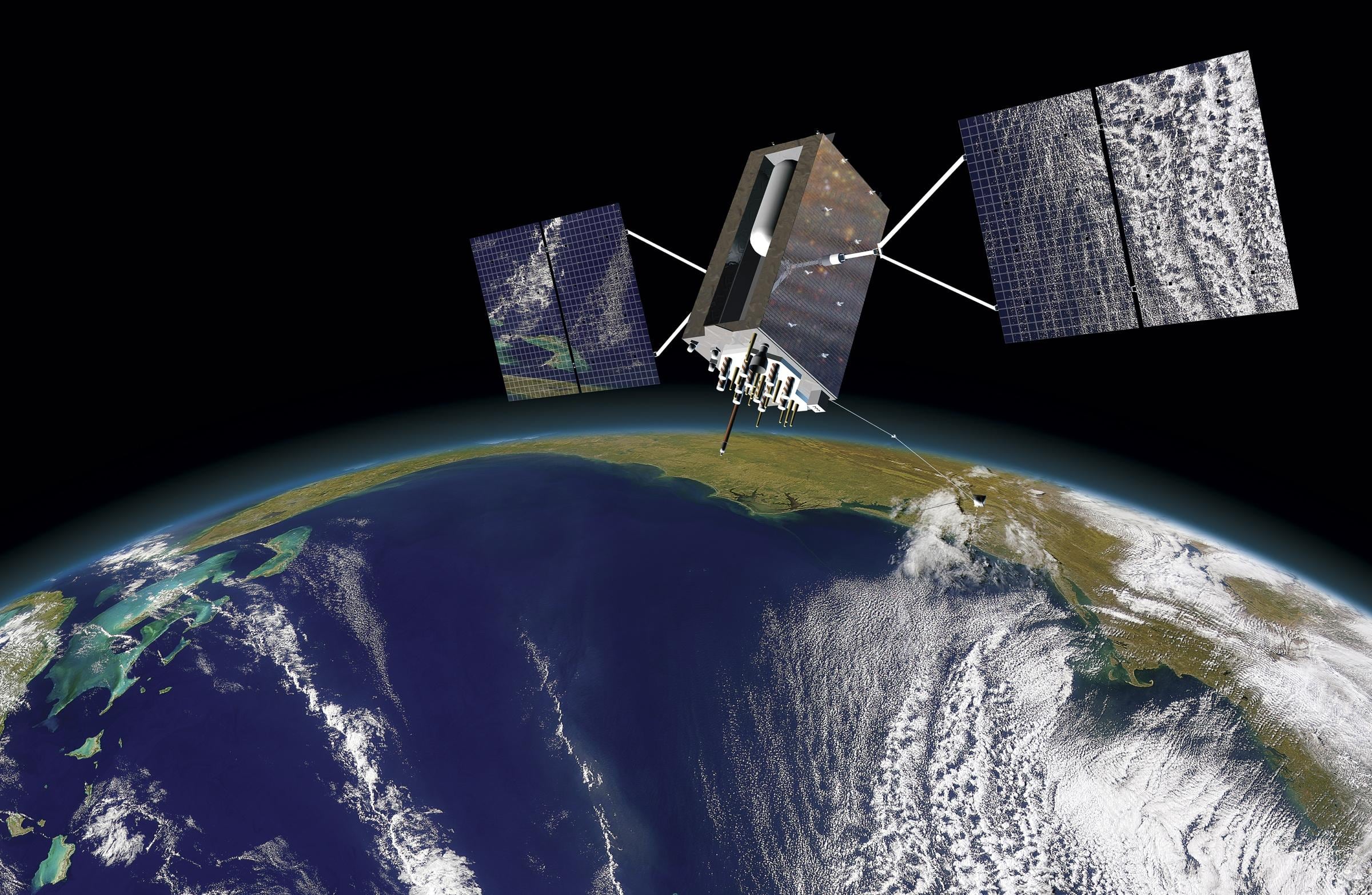This summer, the Department of Homeland Security’s Science and Technology Directorate is hosting an event where owners and operators of critical infrastructure, manufacturers of commercial GPS receivers, and civil industry stakeholders can see how their equipment holds up under a spoofing attack.
“Accurate and precise position, navigation, and timing (PNT) information is vital to the nation’s critical infrastructure,” said Bill Bryan, the senior official performing the duties of the undersecretary for science and technology. “[The Science and Technology Directorate] established this program to assess GPS vulnerabilities, advance research and development, and to enhance outreach and engagement with industry. The objective is to improve the security and resiliency of critical infrastructure.”
RELATED

Slated for this summer, the 2020 GPS Equipment Testing for Critical Infrastructure event will be the third of its type hosted by DHS that allows parties to test their equipment against GPS spoofing in unique live-sky environments. This event will focus mainly on fixed infrastructure applications, though there will be some support for testing ground-based mobile applications.
There are no registration fees for participants, and interested parties have until April 24 to sign up.
Though originally developed as a military tool, GPS technology has become a constant presence in civilian life over the decades, enabling agriculture, telecommunications, financial services, weather forecasting, the electrical grid and more. An RTI International report released last year estimated that a 30-day GPS outage could result in economic losses to the tune of $35-45 billion.
U.S. adversaries are well aware of the country’s reliance on GPS, both in the civilian world and by the military, and they have developed tools to degrade, deny or spoof that signal.
In recent months, the U.S. government has raised concerns that relying solely on GPS for PNT data leaves the nation’s critical infrastructure vulnerable to attack. To help address this, President Donald Trump signed an executive order Feb. 12 calling for the U.S. to develop alternative sources of PNT data that can supplement or replace the GPS signal, should it become unreliable.
Under that executive order, the White House’s Office of Science and Technology Policy will be developing PNT services independent of GPS and other global navigation satellite systems, while at the same time working to increase the resiliency of critical infrastructure by having them incorporate multiple PNT sources.
Nathan Strout covers space, unmanned and intelligence systems for C4ISRNET.








